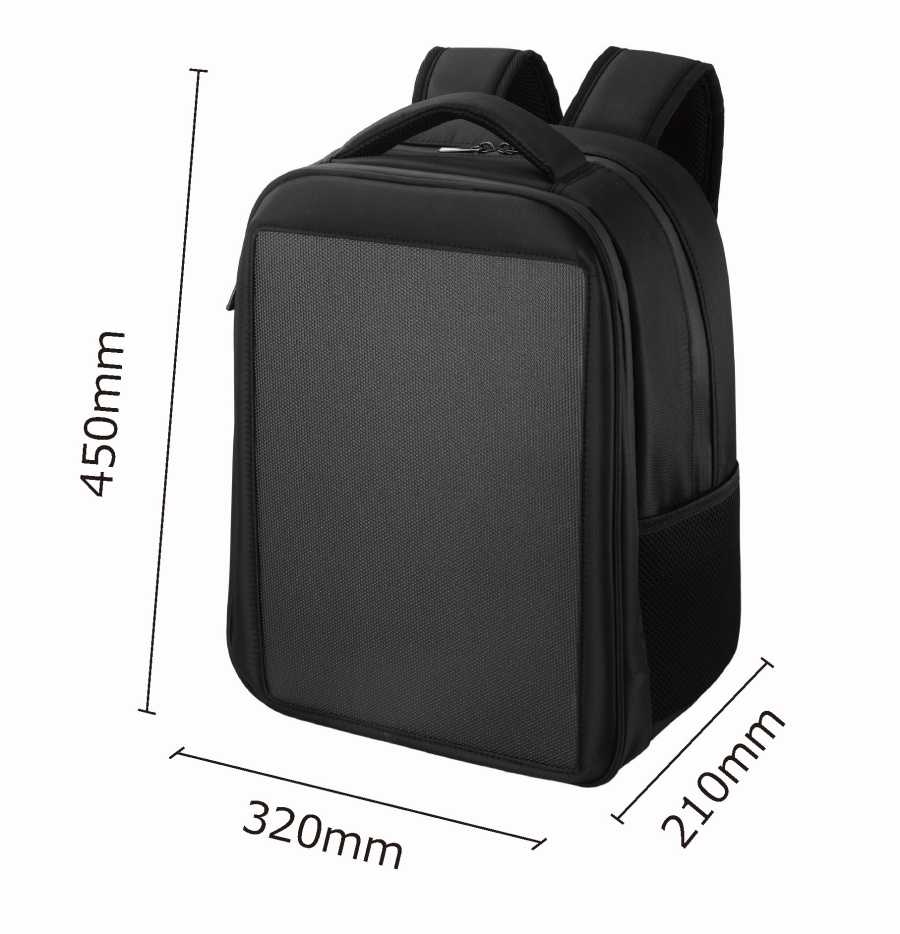Wholesale Custom 50w Solar Blanket Manufacturing Company
Solar blankets, also known as solar pool covers, are innovative tools designed to harness the sun's energy to heat swimming pools and spas. Among the various options available, the 50W solar blanket stands out for its ability to provide a significant amount of heat while being relatively compact and easy to handle. However, when it comes to outdoor use, one of the critical factors to consider is the water resistance of these blankets. This article will explore the importance of water resistance in 50W solar blankets, the materials used in their construction, and the measures taken by manufacturers to ensure their durability and effectiveness in outdoor environments.
The primary function of a 50W solar blanket is to trap solar heat within the water, reducing the need for additional heating and thus saving energy. However, being exposed to the elements, these blankets must also be able to withstand rain, snow, and other forms of moisture. The water resistance of a 50W solar blanket is a measure of its ability to repel water and prevent it from seeping into the material, which could compromise its insulating properties and due to premature wear and tear.
Materials used in the construction of 50W solar blankets play a significant role in determining their water resistance. High-quality materials such as reinforced polyethylene and durable vinyl are commonly used due to their good resistance to water and UV rays. These materials are not only waterproof but also designed to be resistant to the damaging effects of prolonged sun exposure, which is crucial for outdoor use.
Manufacturers of 50W solar blankets employ various techniques to enhance their water resistance. One such technique is the use of multiple layers of material, with each layer serving a specific purpose. The outer layer is often treated with a waterproof coating to provide an additional barrier against water. The inner layers may include a reflective surface to improve heat absorption and a protective layer to shield the blanket from punctures and tears.
Another important aspect of water resistance in 50W solar blankets is the sealing of seams and edges. Manufacturers use high-frequency welding or heat sealing techniques to ensure that the seams are watertight and do not allow water to penetrate. This is particularly important in areas where the blanket is folded or where multiple panels are joined together.
Regular maintenance is also crucial for preserving the water resistance of 50W solar blankets. Users should follow the manufacturer's guidelines for cleaning and storing the blankets when not in use. This may include rinsing the blanket with a hose to remove dirt and debris, allowing it to dry completely before storage, and storing it in a dry, cool place away from direct sunlight.
In addition to the material and construction, the design of a 50W solar blanket can also impact its water resistance. Some blankets feature a bubble design that not only traps heat but also allows for better water runoff. This design helps to prevent water from pooling on the surface of the blanket, which could due to damage over time.
Consumers should also consider the warranty provided by the manufacturer when evaluating the water resistance of a 50W solar blanket. A comprehensive warranty that covers defects in materials and workmanship can provide peace of mind and protect the investment in a high-quality solar blanket.
In conclusion, the water resistance of 50W solar blankets is a critical factor for outdoor use. By understanding the materials used, the construction techniques employed, and the importance of regular maintenance, consumers can make informed decisions when selecting a solar blanket for their outdoor swimming pool or spa. Manufacturers continue to innovate and improve the water-resistance of their products, ensuring that 50W solar blankets remain a reliable and efficient option for heating and insulating bodies of water in outdoor environments.



 English
English 中文简体
中文简体 Français
Français Español
Español Deutsch
Deutsch
















